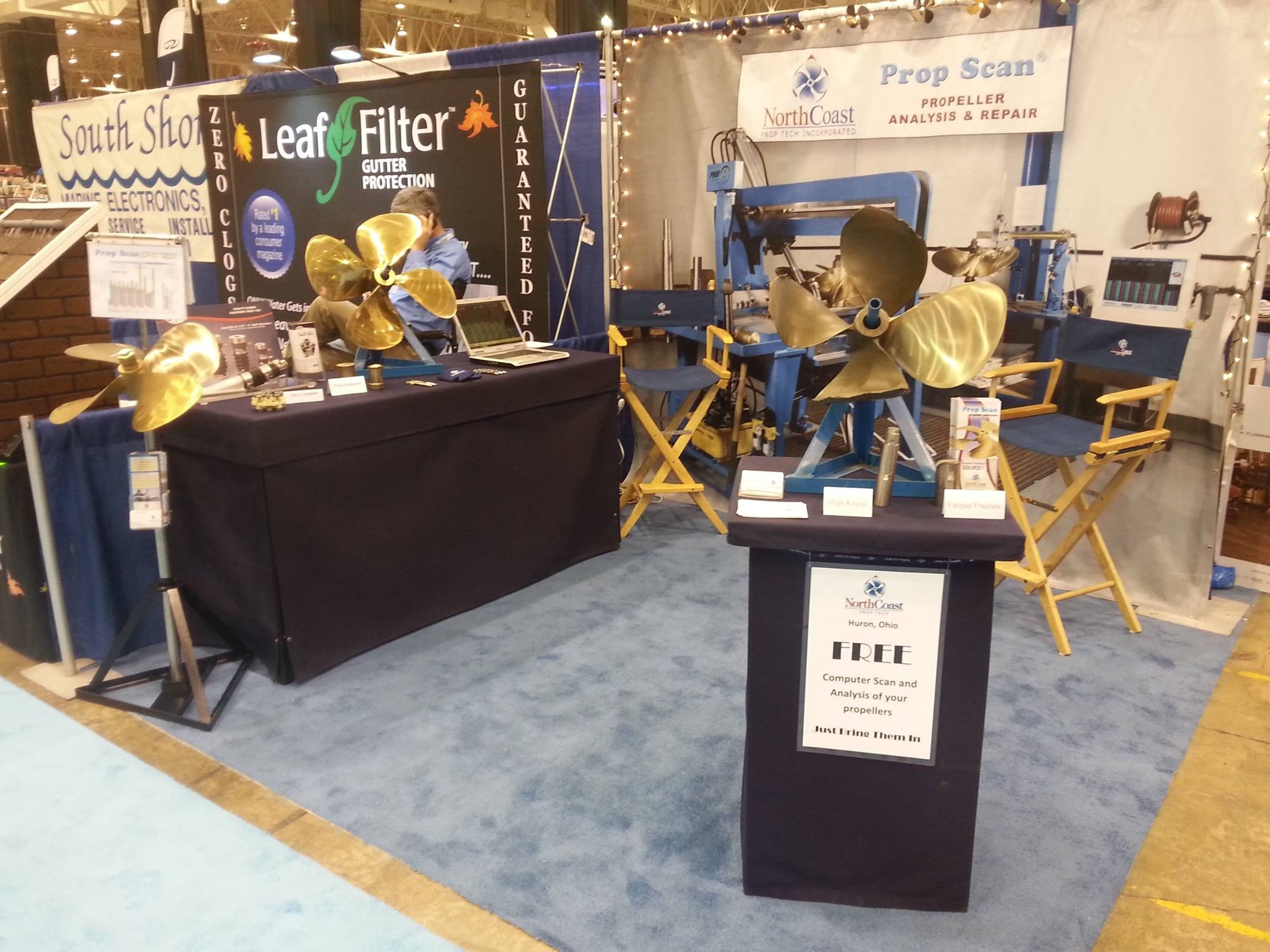About Us
"North Coast Prop Tech is a leading technology company specializing in innovative solutions for the marine industry. With a passion for transforming the way vessel propellers are serviced, managed and operating efficiencies. We offer cutting-edge software PropScan and technological advancements tailored to meet the unique needs of the marine industry.
Our team of skilled professionals combines their expertise in propeller data analytics, and software to deliver comprehensive solutions that enhance efficiency, streamline operations and vessle propolsion. We pride ourselves on our commitment to innovation, reliability, and customer satisfaction. By leveraging the power of technology, we empower marine professionals to optimize their processes, make data-driven decisions, and provide an exceptional experience for their clients. At North Coast Prop Tech, we are dedicated to revolutionizing the real marine industry.
North Coast Prop Tech was established since 2003
Member of the Lake Erie Marine Trade Association
Certified through the National Marine Association
Member of the National Marine Propeller Association
Certified Inboard Propeller Technician
Certified by Propeller Dynamics
Repair, only correct, and tune propellers better than or equal to ISO standards
We sell new and used propellers
We sell and repair all inboard underwater gear, i.e. struts, rudders shafts bearings, etc.
Dealer for PYI Dripless Shaft Sealing System
Questions on your prop? Call us at 419 433 9550


